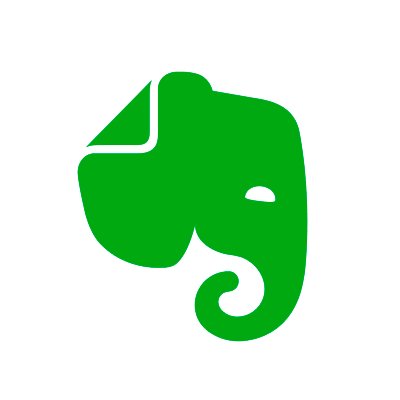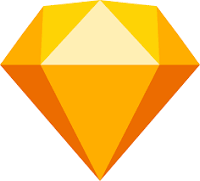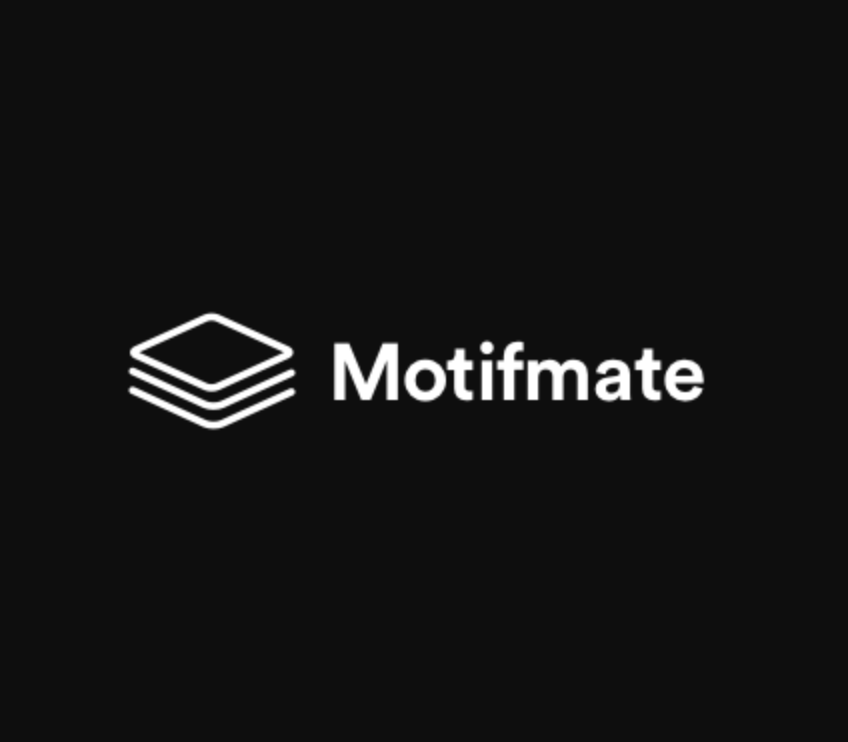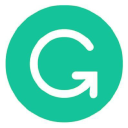Creating a Journal to Help Men Around the World
Hello! Who are you and what are you working on?
Hey! My name is Ollie and I’m the co-founder of MindJournal – a journaling brand for guys.
MindJournal is a groundbreaking journal to help you navigate the challenges of everyday life. It’s more than just a book — it’s your secret tool to help build a more resilient you. Using 30 powerful questions, based on scientific research — MindJournal will help you feel calmer and more motivated than ever to handle anything that life throws at you.
At the moment I’m working on designing the 3rd edition of our core journal that’s helped over 3,000 guys from all over the world. We’ve helped guys at rock bottom, to entrepreneurs at the top of their game all achieve one thing — feel more in control of their emotions and significantly improve their life satisfaction and self-worth.
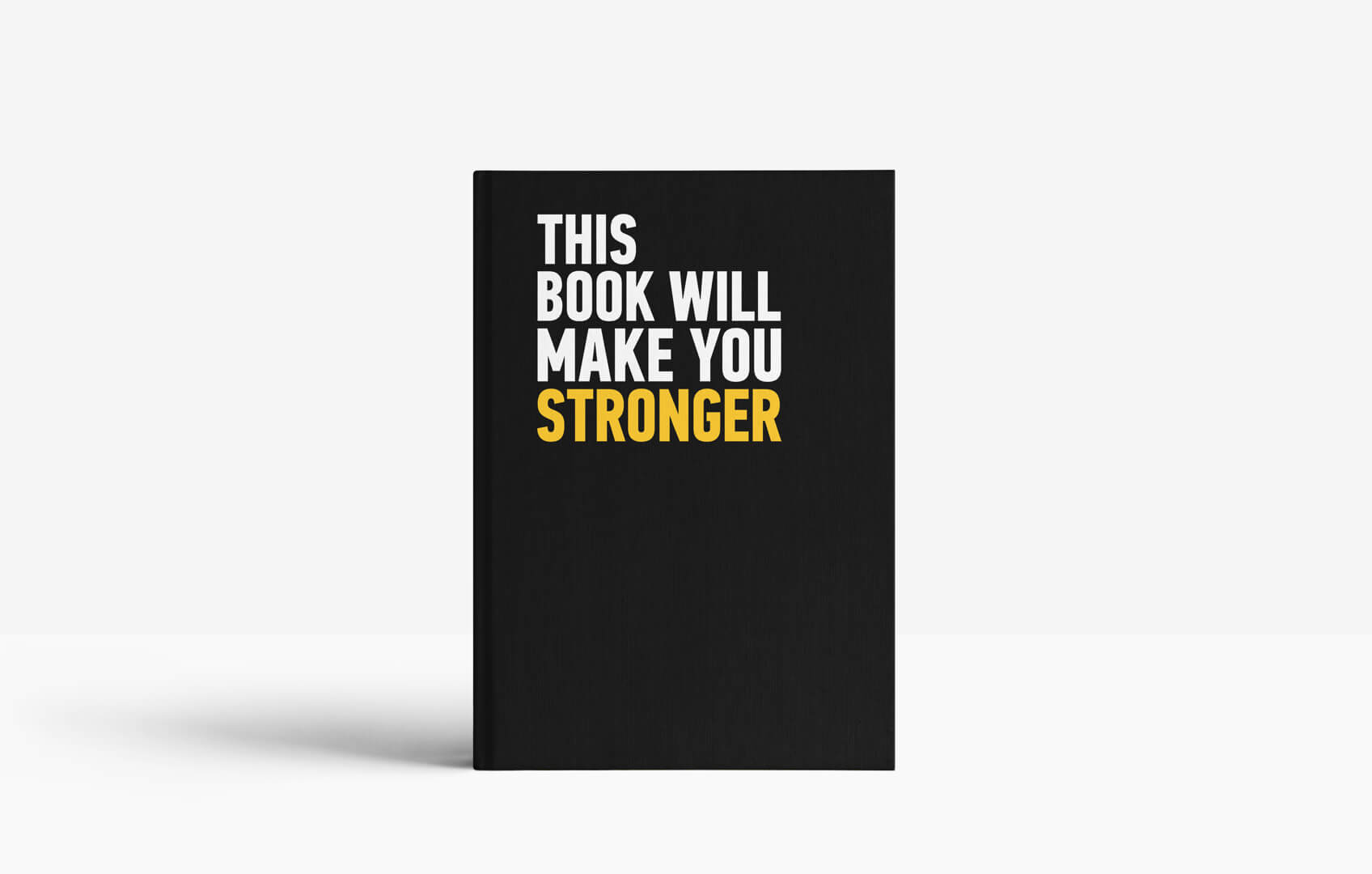
What's your backstory and how did you...
Sorry, you need to login and/or become a member to view the rest of this content.
 Free Download
163 Million Dollar Solopreneur Business Ideas
Free Download
163 Million Dollar Solopreneur Business IdeasDownload the report and join our email newsletter packed with business ideas and money-making opportunities, backed by real-life case studies.
Get The Report
 Free Download
163 Million Dollar Solopreneur Business Ideas
Free Download
163 Million Dollar Solopreneur Business IdeasDownload the report and join our email newsletter packed with business ideas and money-making opportunities, backed by real-life case studies.
Get The Report
 Free Download
163 Million Dollar Solopreneur Business Ideas
Free Download
163 Million Dollar Solopreneur Business IdeasDownload the report and join our email newsletter packed with business ideas and money-making opportunities, backed by real-life case studies.
Get The Report
 Free Download
163 Million Dollar Solopreneur Business Ideas
Free Download
163 Million Dollar Solopreneur Business IdeasDownload the report and join our email newsletter packed with business ideas and money-making opportunities, backed by real-life case studies.
Get The Report
 Free Download
163 Million Dollar Solopreneur Business Ideas
Free Download
163 Million Dollar Solopreneur Business IdeasDownload the report and join our email newsletter packed with business ideas and money-making opportunities, backed by real-life case studies.
Get The Report
 Free Download
163 Million Dollar Solopreneur Business Ideas
Free Download
163 Million Dollar Solopreneur Business IdeasDownload the report and join our email newsletter packed with business ideas and money-making opportunities, backed by real-life case studies.
Get The Report
 Free Download
163 Million Dollar Solopreneur Business Ideas
Free Download
163 Million Dollar Solopreneur Business IdeasDownload the report and join our email newsletter packed with business ideas and money-making opportunities, backed by real-life case studies.
Get The Report
 Free Download
163 Million Dollar Solopreneur Business Ideas
Free Download
163 Million Dollar Solopreneur Business IdeasDownload the report and join our email newsletter packed with business ideas and money-making opportunities, backed by real-life case studies.
Get The Report
More Business Ideas Like This

Download the report and join our email newsletter packed with business ideas and money-making opportunities, backed by real-life case studies.

Download the report and join our email newsletter packed with business ideas and money-making opportunities, backed by real-life case studies.

Download the report and join our email newsletter packed with business ideas and money-making opportunities, backed by real-life case studies.

Download the report and join our email newsletter packed with business ideas and money-making opportunities, backed by real-life case studies.

Download the report and join our email newsletter packed with business ideas and money-making opportunities, backed by real-life case studies.

Download the report and join our email newsletter packed with business ideas and money-making opportunities, backed by real-life case studies.

Download the report and join our email newsletter packed with business ideas and money-making opportunities, backed by real-life case studies.

Download the report and join our email newsletter packed with business ideas and money-making opportunities, backed by real-life case studies.














